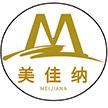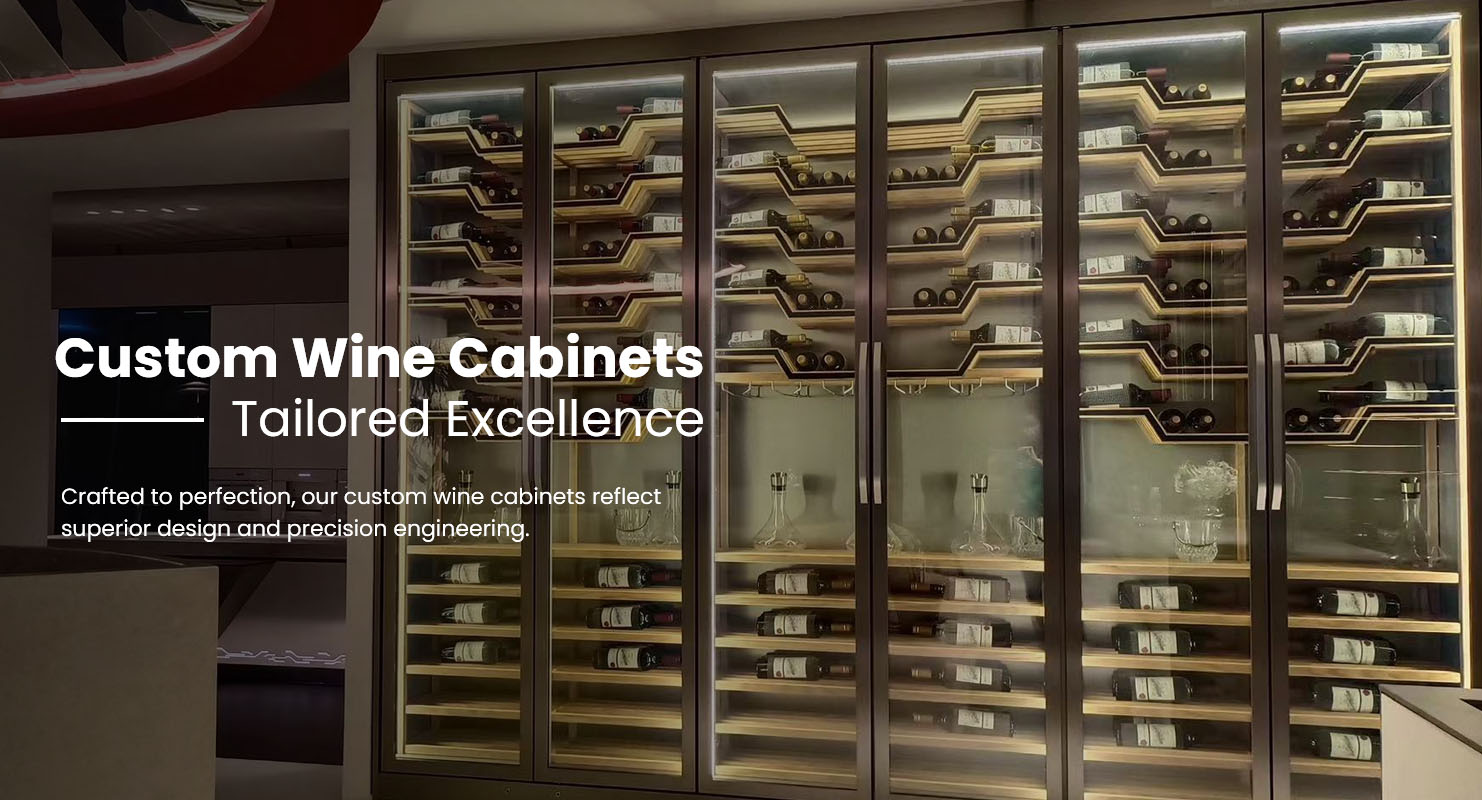How Long For Wine Cooler To Get Cold
A Wine Cooler typically takes 2 to 6 hours to reach its set temperature after being turned on — depending on the model, size, ambient room temperature, and how many bottles are inside. Smaller thermoelectric wine coolers chill faster (around 2–3 hours), while larger compressor-based units may take up to 6 hours to fully stabilize.
In this article, we’ll explain how long it takes for different types of wine coolers to get cold, what affects the cooling time, and how Winton Wine Cooler designs its professional coolers for rapid, stable, and energy-efficient temperature control.
1. Typical Cooling Times by Wine Cooler Type
| Type of Wine Cooler | Cooling Technology | Approximate Time to Get Cold | Ideal Use |
|---|---|---|---|
| Thermoelectric Cooler (Small) | Peltier module + fan | 2–3 hours | Small homes or offices |
| Compressor Cooler (Medium) | Compressor + refrigerant system | 3–5 hours | General household use |
| Compressor Cooler (Large, Dual Zone) | Dual compressor or multi-fan system | 5–6 hours | wine cellars or restaurants |
Each cooler type has its own way of managing temperature, and the initial cooling phase depends on how efficiently it can remove heat from the cabinet.
2. Why Cooling Takes Time
Unlike a standard refrigerator, a wine cooler is designed for gradual, even cooling rather than rapid chilling. The goal is to bring wine to its ideal temperature gently to preserve taste, aroma, and structure.
Key factors influencing cooling time:
Ambient room temperature — Warmer rooms make the cooler work harder.
Bottle quantity — The more bottles, the longer it takes to chill (but more bottles stabilize the temperature later).
Initial wine temperature — If the wine is already warm, expect longer cooling times.
Door openings — Frequent door use introduces warm air.
Ventilation — Coolers need at least 5–10 cm of space behind and around them for heat to escape efficiently.
3. Step-by-Step: What Happens When You Turn on a Wine Cooler
1. Power Activation
The cooling system (compressor or thermoelectric) starts running as the thermostat detects a higher internal temperature.
2. Heat Extraction Phase (0–2 Hours)
The unit removes warm air from the interior chamber. You’ll notice the cooler’s fans or compressor cycling frequently.
3. Temperature Stabilization (2–6 Hours)
As the interior approaches the target temperature, the compressor cycles less often. The temperature gradually equalizes throughout the cabinet and bottles.
4. Maintenance Cycle (After 6 Hours)
Once fully cooled, the wine cooler maintains temperature with short on/off cycles for consistent stability.
4. Ideal Temperature Ranges for Wine Storage
| Wine Type | Optimal Temperature | Cooling Duration Estimate |
|---|---|---|
| Red Wine | 12–18°C (54–65°F) | 3–4 hours |
| White Wine | 6–12°C (43–54°F) | 4–5 hours |
| Sparkling Wine / Champagne | 4–8°C (39–46°F) | 5–6 hours |
Note: Lower temperatures take longer to achieve because the compressor must remove more heat.
5. Tips to Help Your Wine Cooler Chill Faster
| Tip | Why It Works |
|---|---|
| Plug in and let it run empty first | Allows air to circulate freely for faster cooling |
| Keep in a cool, shaded area | Reduces ambient heat load |
| Leave at least 5 cm clearance around unit | Improves ventilation efficiency |
| Avoid opening the door during cooldown | Prevents warm air from re-entering |
| Add bottles after reaching target temp | Keeps the system balanced |
| Use pre-chilled bottles | Shortens the overall cooling time |
For new units, always allow them to sit upright for 2–4 hours before plugging in (especially compressor models) to let refrigerant settle.
6. Winton’s Fast Cooling and Precision Technology
Winton Wine Cooler designs every model with rapid-cooling engineering and precision temperature management, ensuring your wines reach serving temperature faster and stay perfectly stable.
Key Features That Improve Cooling Speed:
High-efficiency compressors for quick temperature pull-down.
Smart digital thermostats for ±1°C accuracy.
Dual-zone cooling that manages red and white wines independently.
Multi-layer stainless-steel construction that retains cold air longer.
Quiet fan circulation for even cooling in every corner.
These features allow Winton wine coolers to reach optimal temperature 20–30% faster than standard models while consuming less energy.
7. Signs Your Cooler Has Reached the Right Temperature
The internal temperature display matches your set point.
The compressor cycles off periodically instead of running continuously.
Bottles feel uniformly cool to the touch (not just the air inside).
Humidity levels stay stable, and there’s no condensation on the door.
Once these conditions are met, your wine cooler is ready for use — and you can safely load your bottles for proper aging or serving.
8. Summary
A wine cooler usually takes 2 to 6 hours to get cold, depending on size, ambient conditions, and cooling technology. Compressor coolers need more time to stabilize than thermoelectric ones but provide superior long-term consistency.
Winton Wine Coolers, built with precision compressors, insulated stainless-steel chambers, and intelligent air circulation, cool efficiently and evenly — ensuring your wines are ready to enjoy sooner and stay perfectly preserved.
Fast cooling. Lasting freshness. Perfectly Winton.


